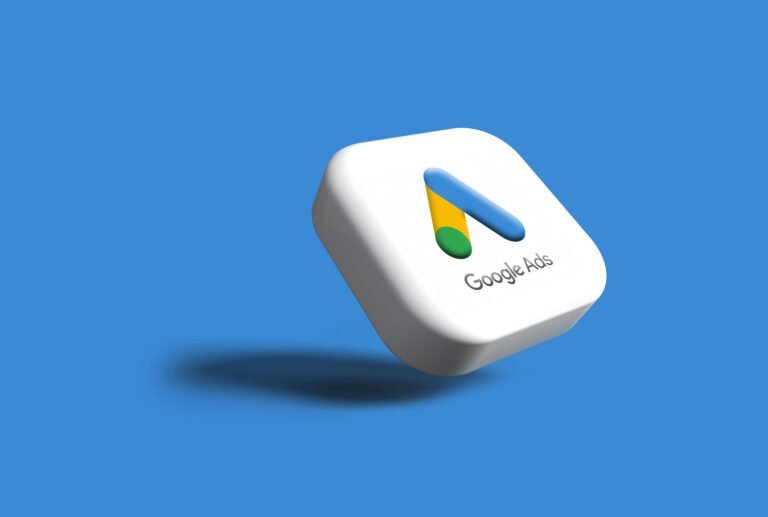Imagine that a top-tier candidate clicks through to your career site. They’re intrigued by your company, ready to apply, and excited about the possibilities. But within seconds, they’re gone, confused, frustrated, or just underwhelmed. That’s the harsh reality for many companies today. Career sites are one of the most powerful recruitment marketing tools available, but all too often, they’re working against you. Poor design, unclear messaging, clunky application processes and a general lack of career site optimization are quietly sabotaging your hiring metrics.
Let’s fix that.
In this article, we’re diving into why your career site might be turning candidates away, and how to optimize it for higher conversions and better engagement.
First Things First: Is Your Career Site Pulling Its Weight?
Your career site isn’t just a job board with your logo slapped on top. It’s your digital front door. It’s where candidates come to understand your culture, discover your values, and visualize their future with you.
That means if yours isn’t clear, compelling, and easy to use, you’re actively losing talent.
Here are a few signs your career site might be hurting your conversions:
- Poor mobile responsiveness (most job seekers browse on their phones)
- Slow load times or technical glitches
- Unclear employer value proposition (EVP)
- Generic or outdated content that doesn’t reflect your culture
- Complicated, multi-step application processes
Sound familiar? Let’s get into how to change that.
1. Clarify and Showcase Your Employer Branding
Your employer brand should shine the moment someone lands on your site. If it doesn’t, you’re blending into the noise.
To do this well, your site needs more than job postings. It should answer these questions:
- Why do people love working here?
- What values matter most to your company?
- What makes this experience different from another similar role elsewhere?
Use real employee quotes, spotlight internal growth stories, and highlight team wins. Include video testimonials, interactive office tours, or visual day-in-the-life content. Remember, authentic beats slick every time.
And don’t forget your EVP strategy, this is your hook. Make sure your value proposition is more than just compensation details. Talk career growth, flexibility, purpose, and belonging.
2. Simplify the Candidate Journey
You could have the most inspiring messaging in the world, but if your application process is a maze, people will exit.
Ask yourself:
- Can someone apply in less than 3 clicks?
- Are you only asking for the most essential information?
- Is your site integrated seamlessly with your ATS (and not kicking users off to an old-school, clunky portal)?
Try applying yourself. Better yet, ask a few interns or new hires to apply as a test and give feedback. What’s intuitive, and what’s annoying? Then fix it.
3. Optimize for Mobile (Seriously!)
This can’t be overstated: Nearly 70% of job seekers browse openings on their phones. If your site is hard to navigate on a small screen, swiping candidates will swipe left.
Make sure:
- Text is readable and buttons are tappable
- Pages load in under 3 seconds
- Users don’t have to pinch, zoom, or rotate their phones to apply
Ask your developer to run a mobile usability test and fix any issues ASAP. It’s not just about looks, it’s about functionality.
4. Use SEO to Bring the Right Talent In
Think candidates are only finding you through job boards? Think again. A well-optimized career site can attract high-intent users directly from search.
To boost your SEO:
- Use relevant keywords naturally in your job descriptions (e.g., “remote software engineer job,” “marketing manager jobs in Austin”)
- Add custom metadata and clear URL structures
- Include unique landing pages for each department or location
- Write candidate-focused content like career tips, employee stories, or FAQs
This helps your site rank not just for your brand name, but for the exact roles you’re trying to fill.
Need some inspiration? Companies like HubSpot and Canva do this brilliantly, not only do they have clean, branded career pages, but their content is built with SEO and storytelling in mind.
5. Personalize the Experience
Candidates aren’t all the same, why treat them like they are? You can’t speak to a nurse, a software engineer, and a sales rep the same way.
Use segmentation to customize your content. Some ideas:
- Career paths for different departments
- Targeted messaging for early-career vs. executive roles
- Localized job boards for different regions or countries
You could even include personalized content based on browsing behaviors or source (e.g., someone coming from LinkedIn might see success stories from other LinkedIn hires).
6. Visuals Matter More Than You Think
Humans are visual creatures. If your site is just walls of text and stock photos, people tune out fast.
Instead, use:
- High-quality, diverse photography of real employees
- Interactive elements like sliders, timelines, or “meet the team” carousels
- Recruitment videos that show your team in action
Keep it clean, modern, and scroll-worthy. Just like you’d design a landing page to convert potential customers, your career site should convert potential hires.
7. Track (and Act On) the Right Metrics
You can’t improve what you’re not tracking.
Use analytics tools (Google Analytics 4, Hotjar, or even your ATS dashboard) to evaluate what’s working and what isn’t.
Pay attention to:
- Bounce rate (Are people landing on your page and leaving instantly?)
- Time on site (Are they engaging or just skimming?)
- CTR from open roles to application page
- Application conversion rate
If certain roles get lots of traffic but few conversions, investigate why. Is the job ad clear? Is the application process too long? Are the benefits not competitive?
Final Thoughts: Build With Candidates in Mind
At the end of the day, the goal of career site optimization is simple: Make it easy for the right people to say YES to your company.
This isn’t just about aesthetics or technology. It’s about empathy. Understanding what today’s job seekers expect and building a career site that meets those needs head-on.
Because if your best candidates can’t see themselves in your story, they’ll go find one where they can.
So ask yourself: Is your career site bringing people closer to your brand or pushing them away?
Now’s the time to fix it.
Want more tips like this?
Check out our other resources on Recruitment Marketing and Resources, including playbooks and templates.
Need help with your Recruitment Marketing? Let’s talk.







